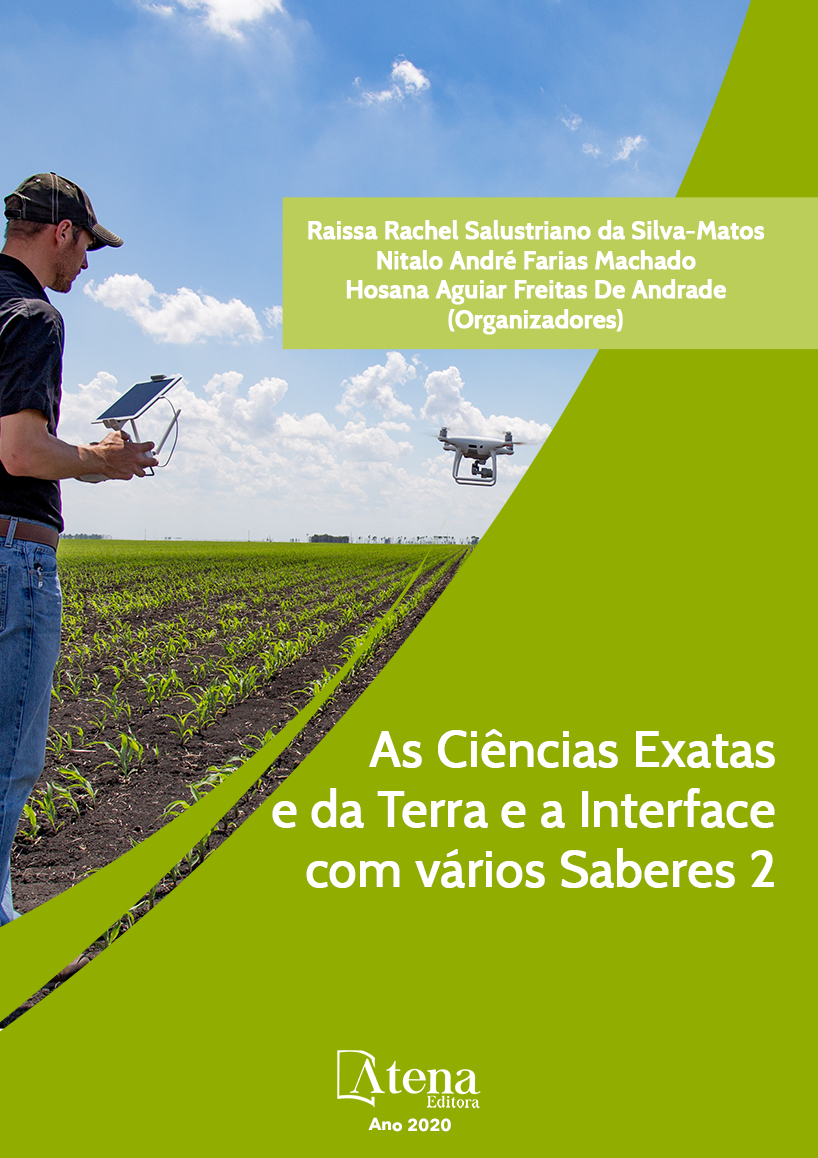
ALTERAÇÕES ESPAÇO-TEMPORAIS NA PLANÍCIE FLÚVIO-MARINHA DO RIO ACARAÚ ENTRE OS ANOS 1993 E 2016
A planície flúvio-marinha do Rio Acaraú apresenta-se em constantes modificações espaço-temporais ocasionadas por processos naturais e intervenções antrópicas. O objetivo deste trabalho foi analisar as alterações no período 1993-2016 associadas às instalações de tanques de carcinicultura e dinâmica dos processos fluviais e marinhos do estuário do Acaraú. Na área de estudo foi realizada uma análise espaço-temporal através das imagens de satélites Landsat 5 TM(1993) e Quickbird(2004), além de imagens obtidas no software Google Earth-Pro(2003,2009 e 2016). Até 1993 os tanques de carcinicultura eram restritos a margem direita do estuário do Rio Acaraú, ocupando um total de aproximadamente 181 hectares. Entre 1993-2003 houve um crescimento de 66,30% e já se verificava tanques na margem esquerda. No período 2003-2009 houve um aumento de 55,14% e entre 2009-2016 o crescimento foi de 62,7%. Ao longo dos 24 anos analisados a área ocupada por tanques aumentou em mais de 580 hectares, mais de 320% em relação a 1993. Destaca-se que a instalação dos tanques ocorreu em setores de topografia relativamente plana associadas às planícies de apicum e alguns setores de manguezais. No estuário e na planície de maré do Acaraú foram verificados processos de avulsão de canais, além da criação e barramento de canais. Desta forma, foi evidenciado que a atividade de instalação de tanques de carcinicultura impacta diretamente nos padrões fluviais e desmatamento.
ALTERAÇÕES ESPAÇO-TEMPORAIS NA PLANÍCIE FLÚVIO-MARINHA DO RIO ACARAÚ ENTRE OS ANOS 1993 E 2016
-
Palavras-chave: Estuário, Carcinicultura, Geomorfologia Fluvial.
-
Keywords: Estuary, Shrimp Farming, River Geomorphology.
-
Abstract:
Fluvial-Marine Plain of the Acaraú River shows several spatio-temporal changes caused by natural processes and anthropic interventions. The aim of this study was to analyze the changes in the period 1993-2016 associated with shrimp farming and natural dynamics of the riverine and marine processes of the Acaraú estuary. A spatio-temporal analysis using Landsat 5 TM (1993) and Quickbird (2004) satellite images and Google Earth-Pro software (2003,2009 and 2016) was performed. The shrimp farming tanks were restricted to the right margin of the Acaraú River estuary until 1993, occupying approximately 181 hectares. A growth of 66.30% occurred between 1993-2003 and the tanks on the left bank already existed. An increase of 55.14% and 62.7% occurred between 2003-2009 and 2009-2016, respectively. The area of the tanks increased more than 580 hectares over the 24 years analyzed, being 320% compared to 1993. It is noteworthy that the installation of the tanks occurred in sectors of flat topography associated with tidal flats and mangroves. Channel avulsion processes in the estuary and tidal plain of the Acaraú River were verified, as well as the channel creation and damming. The shrimp farming installation directly impacts the river patterns and deforestation.
-
Número de páginas: 7
- ANTÔNIO RODRIGUES XIMENES NETO
- BRÍGIDA MIOLA ROCHA
- FRANCISCO JOSÉ MACIEL DE MOURA
- JADER ONOFRE DE MORAIS
- FRANCISCO ORICÉLIO DA SILVA BRINDEIRO


